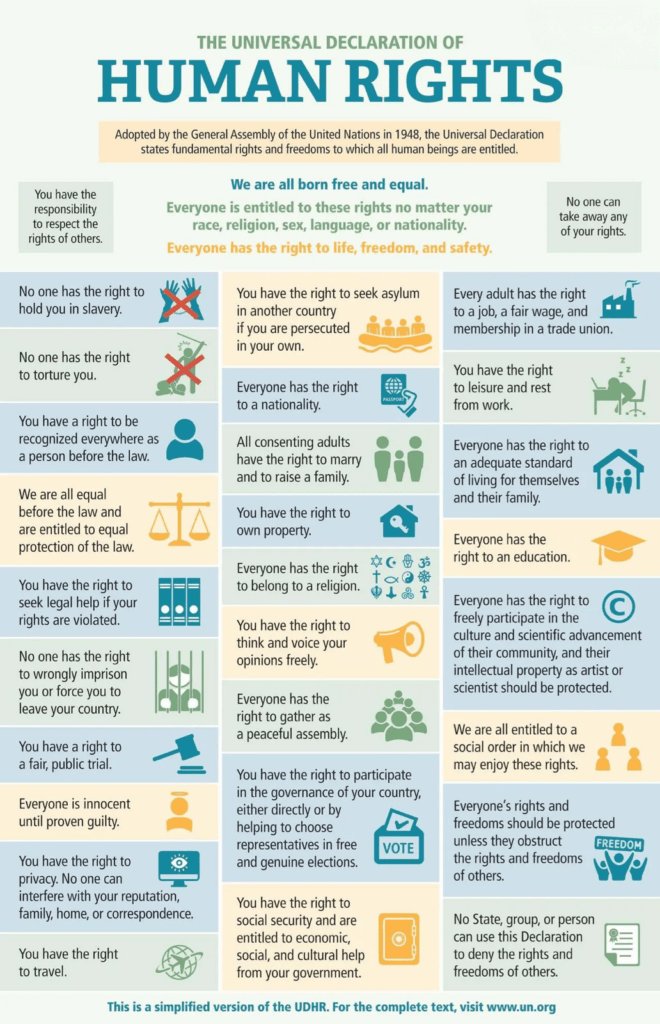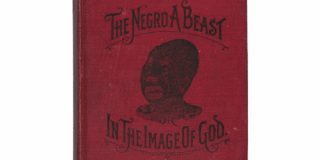The Thread That Binds Us
We walk beneath the same wide sky,
No matter where or how or why.
Our hearts beat out a common tune,
A melody under the sun and moon.
No flag or border can define,
The thread that weaves your heart to mine.
No race nor creed, no rich, no poor,
Can close what love would open more.
For in these hands, so much the same,
Runs all we’ve built, and all we claim.
The colours shift, the languages change,
But still, as one, we all remain.
Man or woman, young or old,
A story shared, a hand to hold.
We laugh, we cry, we dream, we dare,
The human spirit – everywhere.
So cast away the walls you build,
The voices raised, the hatred spilled.
For under skin, and form, and name,
Each spark of life burns just the same.
We are all human, we are all free,
Connected through eternity.
Let love prevail, let kindness call,
In our oneness, we rise. We are all.
?? Bakchos
Preamble
As someone whose family faced the unimaginable horrors of the Holocaust, I stand firmly in support of Israel’s right to exist peacefully and securely. The legacy of that dark chapter in history has shaped my understanding of the need for a safe haven for the Jewish people, free from threats and violence. However, it’s also essential to recognise the profound struggles of the Palestinian people – struggles rooted in their quest for dignity, identity and self-determination. This dual perspective is crucial for unpacking the complexities of human rights in the Israeli-Palestinian conflict.
Abstract
The Israeli-Palestinian conflict is one of those issues that can make even the most composed individuals feel heated. It’s complicated, deeply rooted in history, riddled with competing narratives and grievances. This paper dives into the tension between the rights of both Israelis and Palestinians, all while keeping the broader principles of human rights in mind, particularly those laid out in the Universal Declaration of Human Rights (UDHR). On one hand, Israel’s existence is vital for Jewish security; on the other hand, the rights of Palestinians to their land and dignity deserve equal attention. By looking at this conflict through both lenses, we can better understand the challenges at play and the role organisations like Hamas have in shaping the conversation around peace and security.
Introduction
After World War II, the world was left reeling from the atrocities committed during the Holocaust. The international community felt a strong moral obligation to prevent such horrors from ever happening again. This led to the formation of the United Nations and the adoption of the UDHR in 1948, a document that aimed to ensure that all people, regardless of their background, would have certain inalienable rights. Eleanor Roosevelt, who played a pivotal role in crafting the UDHR, described it as a moral compass for nations. Fast forward to today and we find ourselves grappling with the Israeli-Palestinian conflict, where the rights of both Palestinians and Israelis are continually debated and contested. Understanding this conflict through the lens of human rights is not just important, it’s essential for finding a path forward.
Historical Context
The Holocaust and Its Aftermath
The Holocaust was a devastating event in history, with six million Jews systematically murdered by the Nazi regime. This tragedy left an indelible mark on the Jewish psyche and led to a widespread call for a homeland where Jews could live safely. In 1948, the United Nations established Israel, aiming to provide a sanctuary for the Jewish people, a place where they could reclaim their identity and culture after centuries of persecution. However, this establishment came at a significant cost to the Palestinian people, setting the stage for decades of conflict.
Palestinian Displacement
The creation of Israel resulted in the Nakba, or “catastrophe,” for many Palestinians, who found themselves displaced from their homes and lands. Hundreds of thousands were forced to flee, becoming refugees in neighbouring countries or living in makeshift camps. This event marked the beginning of a long and painful struggle for the Palestinian people, who have faced a myriad of challenges, including restricted access to resources, ongoing violence and a lack of recognition of their rights. Their narrative is one of loss and yearning for a homeland and it’s crucial to acknowledge this perspective when discussing the conflict.
Human Rights Framework
The Universal Declaration of Human Rights
The UDHR, adopted in 1948, outlines fundamental rights that everyone is entitled to, no matter where they come from or what they believe. Key rights include life, liberty, and security, as well as the right to participate in cultural life. These principles serve as a guiding framework for assessing the actions of nations and organisations. In the context of the Israeli-Palestinian conflict, the UDHR highlights the need to recognise the rights of both Israelis and Palestinians, ensuring that neither side’s rights are overlooked.
Rights of Israelis and Palestinians
At the heart of this conflict is the principle of self-determination, which is crucial for both Israelis and Palestinians. For Israelis, self-determination means the right to live in a secure, sovereign state that protects them from external threats. For Palestinians, it signifies the acknowledgment of their historical connection to the land and their aspiration for statehood. Unfortunately, these competing aspirations have led to cycles of violence, deepening the humanitarian crisis in the region.
The Role of Hamas
A Barrier to Peace and Security
Hamas has emerged as a significant player in Palestinian politics, but its presence complicates the peace process. Founded in the late 1980s, Hamas has a charter that explicitly calls for the destruction of Israel and the establishment of an Islamic state in historical Palestine. This hardline stance, combined with violent tactics, including acts of terrorism, has created a significant barrier to achieving peace. While many Palestinians view Hamas as a legitimate resistance movement against occupation, others criticise its methods and leadership, arguing that it undermines their broader goals.
Perspectives Within the Palestinian Community
The Palestinian community is not monolithic; there are diverse opinions about Hamas and its role in the struggle for rights and self-determination. While some see Hamas as a necessary force in the fight against Israeli oppression, others feel that its approach is counter-productive and detrimental to their cause. The internal divisions between Hamas and the Palestinian Authority further complicate representation and the pursuit of peace. Increasingly, there is a recognition among Palestinians that advancing their rights may require moving away from militant strategies and embracing more diplomatic, moderate approaches.
Balancing Rights and Security
Israel’s Right to Exist
Israel’s right to exist is not just a political stance; it is rooted in a historical context of persecution and the need for a secure homeland for the Jewish people. The international community has affirmed this right through various resolutions and agreements. However, it is essential to understand that this right cannot come at the expense of Palestinian rights. The security of one group should not mean the oppression of another.
The Right to Return and Palestinian Self-Determination
One of the most contentious issues is the Palestinian claim to the right of return – essentially, their demand to return to lands and homes lost during the Nakba. This claim is backed by international law and moral imperatives. However, many Israelis view this demand as a direct threat to the Jewish identity of the state. A fair resolution requires a balanced approach that honours the rights and aspirations of both sides while ensuring that both peoples can coexist with dignity and respect.
Conclusion
The Israeli-Palestinian conflict is an intricate tapestry woven with threads of history, identity, and human rights. The UDHR provides a vital framework for recognising the rights of both Israelis and Palestinians, reminding us that universal principles must guide any resolution. Achieving sustainable peace requires confronting the complexities of this conflict, acknowledging the role of militant organisations like Hamas, and fostering an environment of dialogue and mutual respect. Only through shared recognition and understanding can both peoples hope to achieve the peace and security they so desperately deserve.
References
1. United Nations. (1948). Universal Declaration of Human Rights.
2. Roosevelt, E. (1948). Speech to the United Nations General Assembly.
3. Smith, C. (2008). The Israel-Palestine Conflict: One Hundred Years of War. Routledge.
4. Khalidi, R. (2013). Brokers of Deceit: How the U.S. Has Undermined Peace in the Middle East. Beacon Press.
5. Pappe, I. (2006). The Ethnic Cleansing of Palestine. Oneworld Publications.



